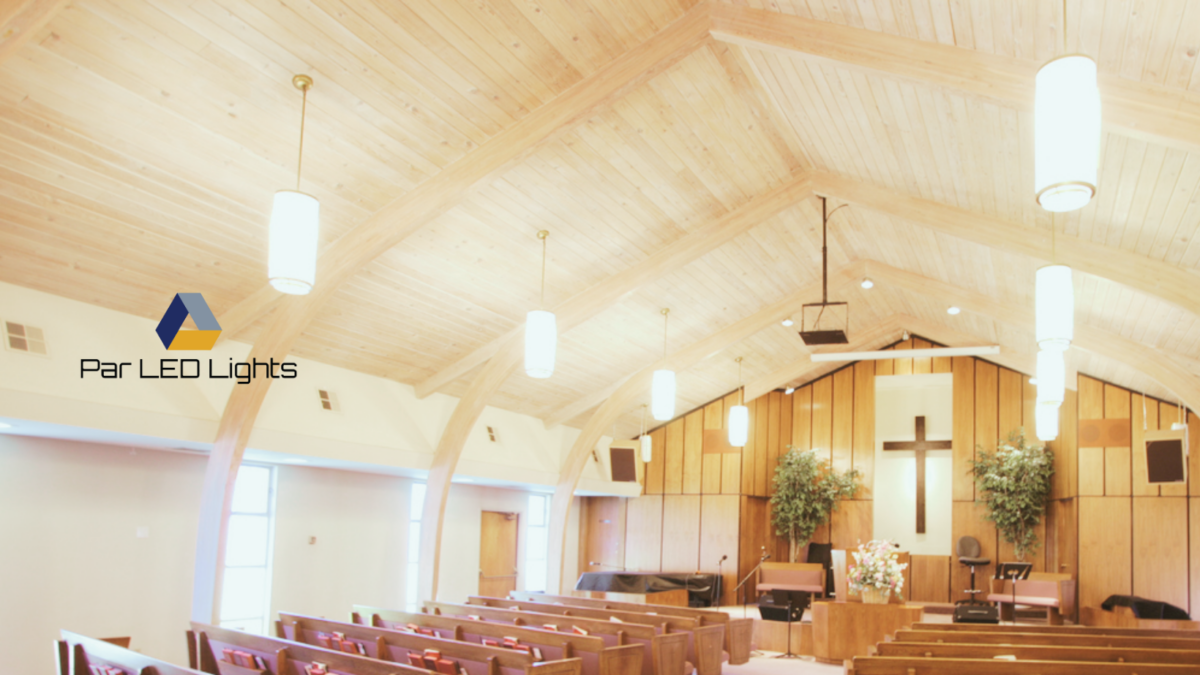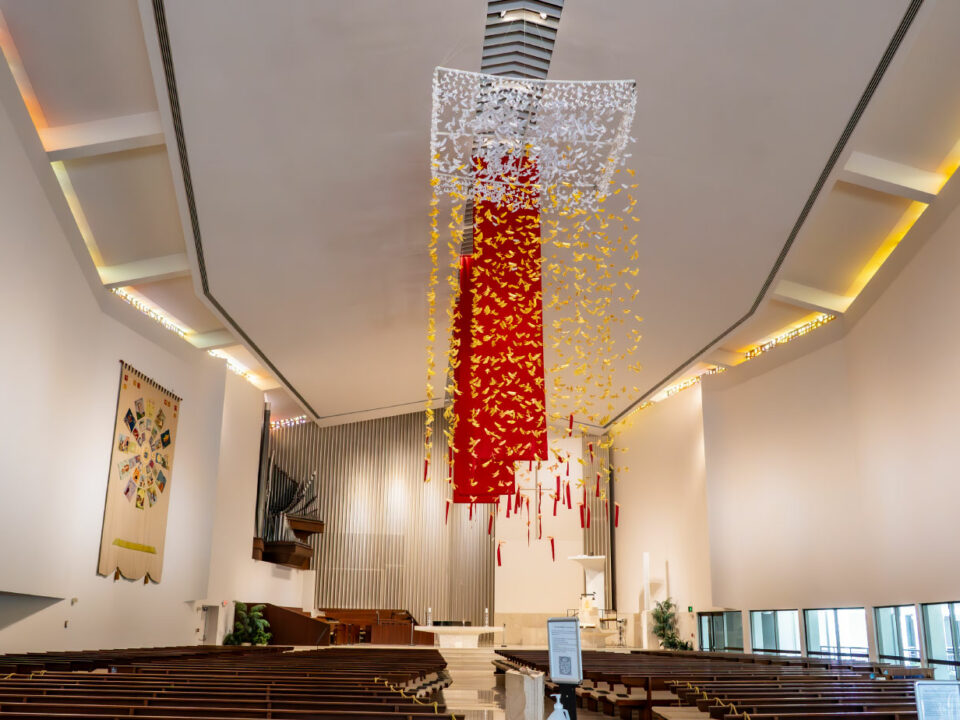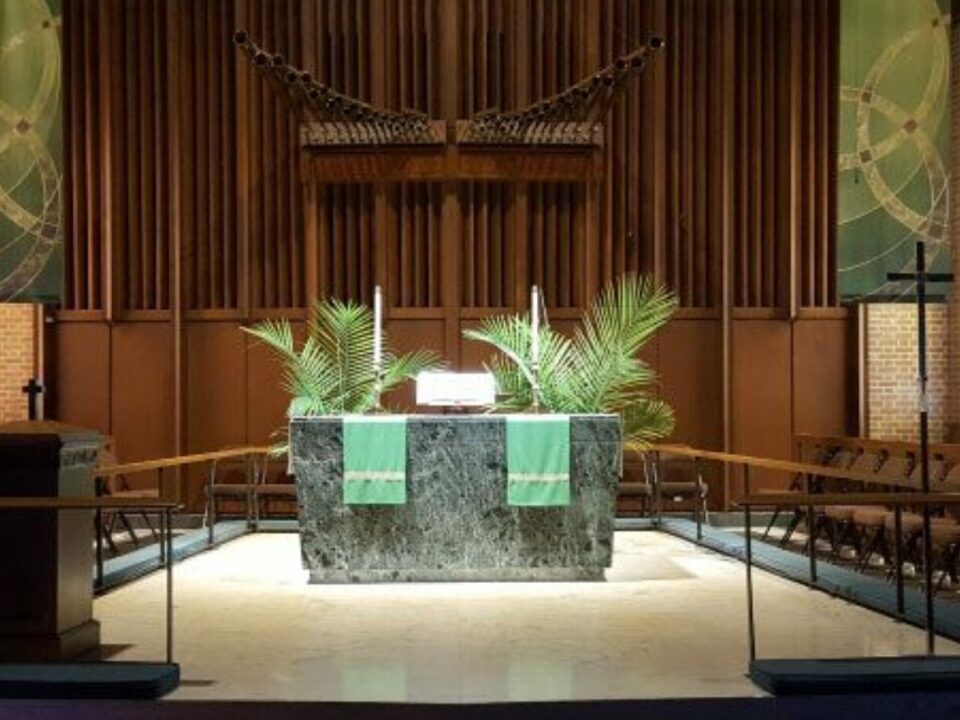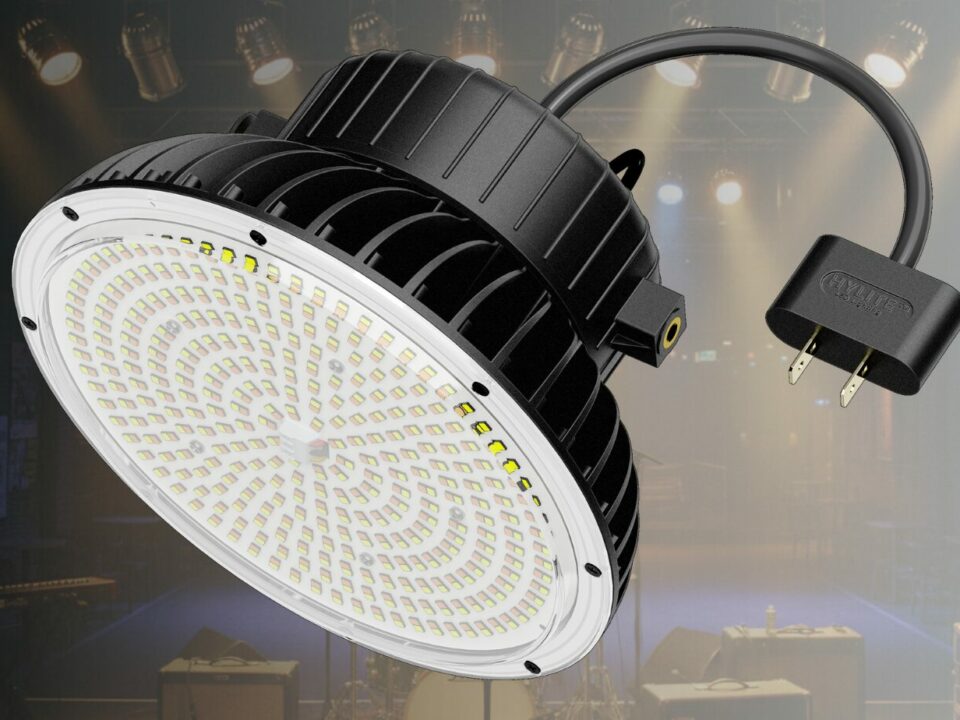
How To Create a Smooth Front Wash
April 10, 2024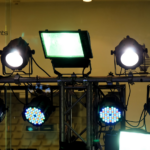
Comparative Analysis of PAR Lights
May 7, 2024Illuminating Sanctuaries
Lighting houses of worship with high ceilings, a task that requires your unique expertise, presents unique challenges due to their architectural characteristics and spiritual significance.
High ceilings often result in poor visibility, especially for congregants seated farther from the altar or pulpit. This necessitates careful consideration of lighting placement and intensity to ensure even illumination throughout the sacred space. Additionally, creating the right ambiance is crucial for fostering a conducive environment for worship, balancing the need for brightness with the desire for warmth and intimacy.
Therefore, addressing these challenges requires a thoughtful approach that combines technical expertise with an understanding of the congregation’s spiritual and practical needs.
Architectural Features
Modifying lighting solutions to the unique architectural features of sacred spaces is not just about illumination. It’s about enhancing the inherent beauty of these spaces. By strategically illuminating elements like stained glass windows, intricate woodwork, and vaulted ceilings, lighting designers can accentuate the architectural grandeur, creating a harmonious visual environment that enhances the overall worship experience.
For example, adjustable fixtures can highlight intricate details and textures, while dimmable lighting systems offer flexibility to adapt to different activities and moods during religious services. By integrating lighting seamlessly with the architectural design, congregants can fully appreciate the spiritual significance of their surroundings, fostering a deeper connection to their faith.
How To Choose The Right Fixture
Choosing the right lighting fixtures for high-ceiling environments in houses of worship involves several crucial considerations to ensure effective illumination and aesthetic harmony. The primary goal is to provide sufficient brightness to light up the expansive space below, with particular attention to energy efficiency and the ability to direct light effectively.
Key Factors in Fixture Selection:
- Brightness and Efficiency: LED fixtures are often preferred due to their high lumen output and energy efficiency. They are ideal for illuminating large areas without incurring high energy costs.
- Adjustability: Considering the height of the ceilings, fixtures with adjustable beam angles are crucial. They offer the flexibility to direct light precisely where needed, highlighting architectural details or providing general illumination.
- Visual Appeal and Integration: The fixtures’ design should enhance the sacred space’s overall ambiance. Elements like fixture finishes, shapes, and styles should complement the existing architectural aesthetics, ensuring a seamless integration into the overall design scheme.
- Harmony with Architecture: Whether choosing sleek and modern fixtures or more traditional and ornate designs, it is essential to select fixtures that harmonize with the architectural character of the space. This integration helps create a cohesive and visually pleasing lighting scheme that enhances the worship experience for congregants.
Energy-Efficient Perks
Optimizing energy efficiency in houses of worship with high-ceiling lighting is a practical necessity. This can be achieved by strategically implementing LED lighting technology, dimmers, and other energy-saving techniques. LED fixtures, known for their high efficiency and long lifespan, offer significant energy savings compared to traditional lighting sources, making them an ideal choice for illuminating high-ceilinged spaces.
By replacing outdated fixtures with LED alternatives, houses of worship can reduce energy consumption while maintaining adequate illumination levels in high-ceilinged spaces. Additionally, incorporating dimmers allows for greater control over light output, enabling congregations to adjust lighting levels based on specific needs and preferences, further reducing energy usage during times of lower activity.
Implementing daylight harvesting systems and occupancy sensors can also contribute to energy efficiency by automatically adjusting lighting levels based on natural light availability and occupancy patterns. This ensures that energy is used only when necessary in these sacred spaces.
High Ceiling Lighting Installation and Maintenance
Installation and maintenance of lighting fixtures in high-ceiling environments pose unique challenges that require careful consideration. Here is a detailed guide:
Step 1: Prepare and Plan
- Assess Needs: Evaluate the specific lighting requirements of the high ceiling environment, considering factors like brightness, coverage, and aesthetic impact.
- Gather Safety Equipment: Ensure all necessary safety gear, including helmets, harnesses, and protective eyewear, is in good condition.
- Schedule Installation: Coordinate with building management to choose optimal installation times that minimize disruptions to normal activities.
Step 2: Installation Safety and Equipment
- Safety Training: Confirm that all personnel are trained in properly using ladders, scaffolding, and other height-related safety equipment.
- Utilize Specialized Equipment: Employ scissor lifts, extension poles, or other specialized tools to safely access high ceiling areas during installation.
Step 3: Effective Installation
- Install Fixtures: Carefully install the lighting fixtures according to the manufacturer’s guidelines and safety standards.
- Check Adjustability: Ensure fixtures with adjustable beam angles are correctly oriented to focus light where it is most needed.
Step 4: Implement Lighting Controls
- Set Up Controls: Install dimmers and lighting control systems to adjust the lighting based on various needs and events, enhancing energy efficiency and flexibility.
Step 5: Maintenance Planning
- Routine Inspections: Schedule regular inspections to identify and rectify dust accumulation, fixture damage, or loose connections.
- Establish Maintenance Access: Plan for easy access to fixtures for future maintenance, potentially incorporating permanent access fixtures if feasible.
Step 6: Professional Maintenance
- Hire Professionals: Consider hiring professional services specializing in high-ceiling environments for cleaning and maintenance tasks requiring special equipment.
- Ongoing Care: Ensure that the maintenance team follows a checklist of tasks during each inspection, including cleaning, tightening connections, and replacing any faulty components.
Step 7: Long-Term Upkeep and Enhancements
- Choose Durable Fixtures: To reduce long-term care needs, select fixtures known for their durability and ease of maintenance.
- Continuous Improvement: Keep abreast of new lighting technologies and enhancements that could improve efficiency, reduce costs, or enhance the lighting quality in your high ceiling space.
Need High Ceiling Lights?
When considering lighting upgrades for high-ceiling environments, investing in PAR LED lighting retrofits, a proven and cost-effective solution, offers significant benefits compared to installing a whole new lighting system.
PAR LED retrofits provide the advantages of energy efficiency, reduced maintenance, and enhanced lighting quality without the significant expense and disruption associated with a full system overhaul.
With our compatibility with existing fixtures and simple retrofit installation process, PAR LED retrofits allow for seamless integration into high-ceiling spaces, providing instant improvements in brightness and ambiance.
Find the perfect lights for your needs. Buy now!



